The light and heat from the sun is harnessed strategically using solar thermal electricity, solar photovoltaics , solar architecture and this energy harnessed is called as the solar energy. There are two kinds of solar energy that can be harnessed. One is passive solar energy and the other is active solar energy. Active solar energy is apparently the harnessing of energy directly using technologies like photovoltaic panels whereas passive solar energy harnessing is by using solar architecture that includes the favorable dispersion of light and heat. Solar energy being the cleanest source of energy is also abundantly available. That is why it needs to be used wisely in order to make it a good substitute for the burning of fossil fuels.
The applications of solar energy are:
1) Agriculture:
Solar energy is very essential in agriculture for the healthy growth of plants. In agriculture it is not only the crop-growing that requires solar energy but also pumping water and drying crops, chicken manure. There are also greenhouses that are built for the growth of plants in a well-equipped location. This requires the natural sunlight for the growth of plants inside the greenhouse. There are several strategies that are inculcated in order to improve the growth of crops in agriculture like tailored row orientation and also the mixing up of the different plant varieties. All these tactics help in the speedy growth of plants.
2) Residential purposes: There are a number of photovoltaic panels that are installed in several homes and apartments. Since, solar energy is a clean, non-polluting and also an abundant renewable source, it has got incredible demand everywhere. In certain solar systems, where the photovoltaic panels are given to the electricity grid, the solar energy first meets the demands of the building and the rest is given to the grid. In cases where there is extra demand, the grid supplies the power and use of batteries is not required. If the system is independent of the grid, then batteries are sure required to keep the electricity going even during the night. There are also solar home systems which are mostly adopted in vacation homes. Here the necessary amount of energy is harnessed during the day especially if the vacation home is located in a very sunny area. On the whole there is the need for a rechargeable battery, PV panel, a regulator (a charge controller) and also the necessary switches and wiring requirement. The rechargeable battery specifically provides the required energy in the night by harnessing sufficient energy during the daytime. Thus, solar home system (SHS) has served to be a very essential substitute to the traditional grid supply.
Cooking: for cooking purposes, there are several solar devices like solar cookers. These solar cookers can be used for drying, cooking or even pasteurization. These cookers have a panel that is reflective and makes the solar light be directed towards the insulated container that is occupied by the food. This then reaches the temperatures that are sufficient for the uniform heating of the box cookers.
3) Commercial purposes: Generally the solar energy harnessed for commercial purposes is through photovoltaic panels that are normally mounted on the roof areas. The solar modules are best situated in the large roof areas of commercial buildings. Solar energy can also be harnessed by mounting partial panels on skylight or can use sunshades and incorporate photovoltaic panels in balconies.
4) Treatment of water using solar energy: There is a process called a solar distillation which uses solar energy to convert the saline water to potable water. Solar water disinfection includes the exposure of water-filled plastic polyethylene terephtalate bottle to sunlight for long hours. This is recommended as a safe storage and also said to be suitable for household water treatment by the World Heat organization. This process has become popular because the waste water can be efficiently treated without the usage of any electricity.
5) Industrial purposes: Industries that are located at very remote locations use solar energy for several purposes. These solar systems also require very little maintenance and are extremely reliable and are mostly best suited for locations that are isolated. Moreover, solar energy is used for other purposes like aircraft warning light structures, lighthouses, navigation buoys and also road traffic signals. Also, there are even solar monitoring equipments that mainly deal with corrosion protection for pipelines and bridges.
6) In remote locations: Solar energy has been a boon for several remote areas where the traditional grid supply is not so reliable. Schools and even community halls that are located in remote areas can be easily benefited by installing solar equipments. PV system can also be installed in these areas for the water pumping and also larger-scale desalination procedures with the help of battery storages. There is also central power plants there are set up in order to provide sufficient electricity to homes situated in remote areas through locally wired networks. They also act as battery charging stations where communities bring their batteries for charging purposes.
Solar energy in spite of having massive demand is abundantly available and is renewable. This is what makes it the most efficient and reliable source of energy with multiple applications as well. People need to be acquainted as to why solar energy needs to be considerably encouraged so that we don’t drain all our non-renewable resources, ignorantly.
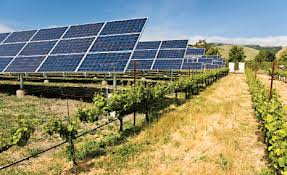
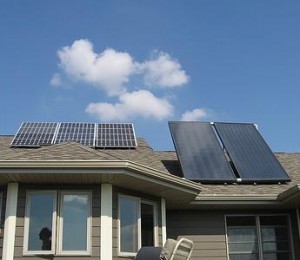
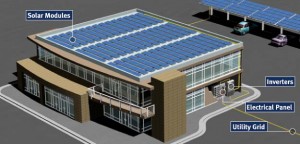
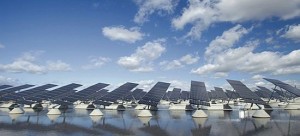
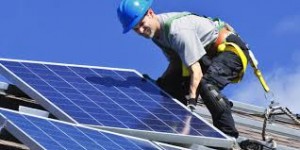
Leave a Reply